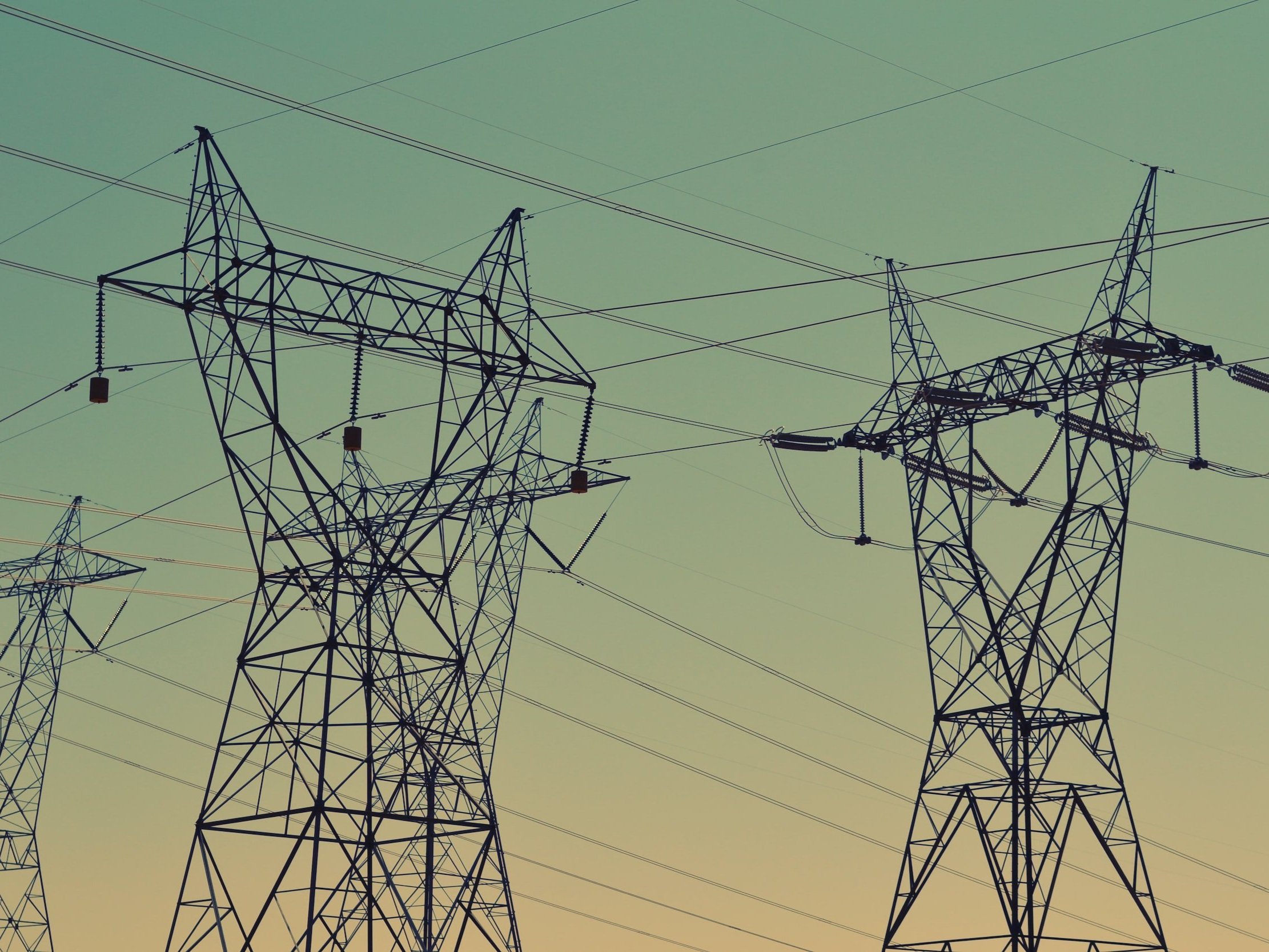
Scope 2 Emissions: What They Are, and How to Reduce Them
Scope 2 emissions are indirect emissions from a company’s purchased electricity, steam, heat, or cooling. Although these emissions are considered ‘indirect’, companies still have a lot of control over reducing them through the intentional selection of energy sources. Learn more about what Scope 2 emissions are and effective strategies for reduction.

Simplify SEC Climate Reporting Using Spend Data
Amidst the increased investor pressure for all businesses to disclose climate-related information, the Securities and Exchange Commission (SEC) recently introduced a set of new rules. The SEC rules are a response to increasing investor and employee pressure to improve firms’ environmental, social, & governance (ESG) performance. These require businesses to include climate-related disclosures, such as the governance, management, and material impact of climate risks, as well as publicly report direct and indirect greenhouse gas (GHG) emissions to allow investors to verify company claims and existing ESG ratings. Publicly traded companies worth over $700 million are expected to report climate-related data to the SEC starting next year. How do companies lacking climate-related data infrastructure, in particular supply chain emissions, respond to new SEC requirements?

Introducing Carbon Footprinting to Transactions
You are reviewing your bank account statement on your phone. The statement of course shows the amount of money you spent on goods and services. But what if it also shows the amount of greenhouse gas emissions generated to produce them? This has become a reality.

Breaking Down the Requirements of SBTi’s Net-Zero Standard
In previous posts, we analyzed the different nuances, scopes, and meaning of the term “net-zero,” used in corporate statements, pledges, and reports. Since then the Science Based Targets Initiative (SBTi) has released a standard on net-zero. In this standard, the SBTi sets out guidance on the timeline and necessary actions to achieve net-zero. We welcome this new standard, as it helps eliminate some of the ambiguities around the term, ‘net-zero’. The objective of this follow-up post is to provide an update focusing on the key requirements set by the Net Zero Standard.

What Does "Net-Zero" Mean?: Unraveling Corporate Climate Pledges
Organizations around the world are making various climate pledges. Amazon, Microsoft, Apple, and Google are, among thousands of other companies committed to reducing their total greenhouse gas (GHG) emissions to zero by mid-century. As of September 2021, 120 countries, 733 cities, and over 3,200 businesses have committed to becoming net zero by 2050, making up 25% of global CO2 emissions and over 50% of world GDP. (1,2) These commitments would certainly help reduce global GHG emissions, but understanding precisely what these commitments mean is challenging.
